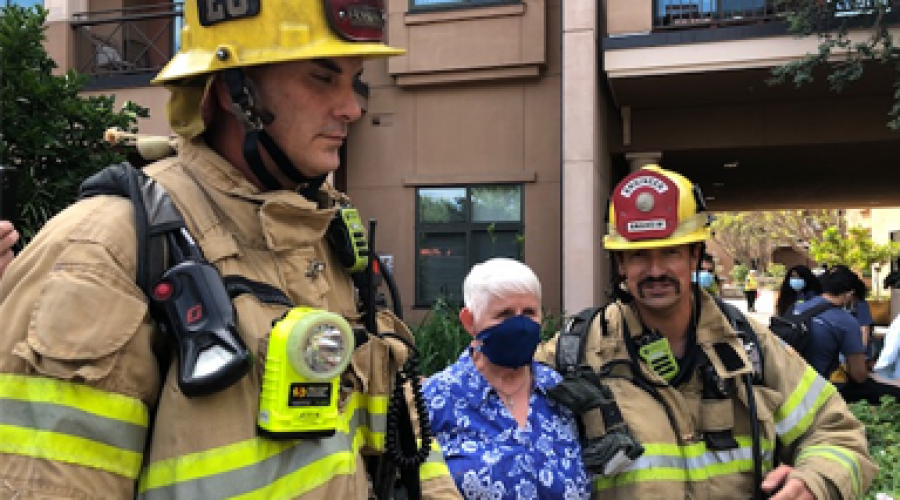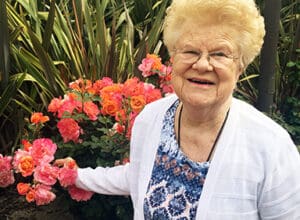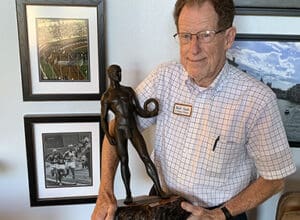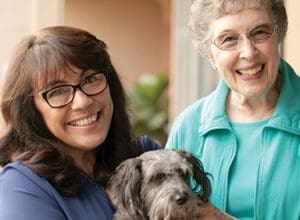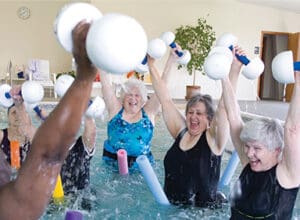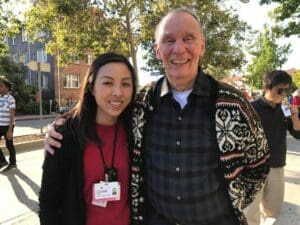Residents are encouraged to be involved in all aspects of community life at Walnut Village, including the community’s comprehensive emergency preparedness plan in the event of any emergency including an earthquake.
“We have residents from all professions and life experiences, said Walnut Village Executive Director Debbie Infield. “Their wealth of knowledge provides valuable input to Walnut Village.”
That’s why when researchers at the University of California, Irvine wanted to demonstrate new technologies to help vulnerable seniors stay safe during an earthquake and other common disasters, they turned to the volunteer, resident-run Earthquake Committee.
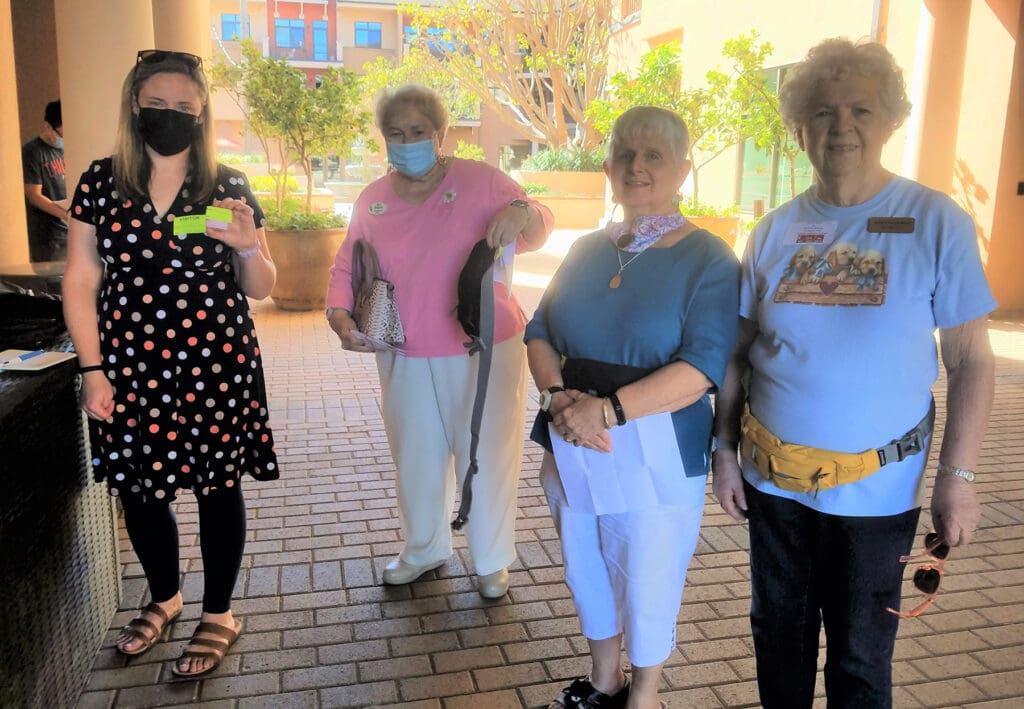
For several months, UCI researchers in computer science, geriatric medicine and nursing, as well as community partners in Orange County, the City of Anaheim and the Front Porch Center for Innovation and Wellbeing worked with Walnut Village as a community test case to develop CareDEX, a technology-enabled emergency response system. Both staff and residents were deeply involved and engaged with the project.
Months before the demonstration, the CareDEX team interviewed Earth Quake Committee members about their procedures, specifically what they liked and what they felt could be improved. Interviewees included committee Chair Judy Phillips, who worked for years as part of a stress management team for the Federal Emergency Management Agency (FEMA) where she supported FEMA employees deployed during natural disasters and other emergency situations like the 1994 Northridge earthquake.
“The biggest obstacle during drills was the time it took to physically locate residents on campus, who may be incapacitated, Judy said.”
During the CareDEX drill, which coincided with the International Great ShakeOut, a group of about 15 resident volunteers carried CareDEX electronic tracking devices the size of a cell phone for about a week leading up to the ShakeOut. Using GPS, it shows their current location. Their involvement helped the researchers learn how to digitally locate residents for staff and first responders. By the end of the drill, residents holding the devices were easily located throughout the campus, even in remote places.
“Disasters create a unique challenge for staff caring for older adults,” Debbie said. Medical and mobility issues create more complexity when trying to evacuate residents impacted by disasters and staff members benefit from the CareDEX technology for several reasons. CareDEX allows staff to quickly locate residents to get them to a safe location where medical care can be rendered if needed. Similarly, a resident with memory impairment may become further disoriented during a disaster, increasing the likelihood of an elopement. CareDEX would be a critical asset in staff quickly locating that resident.”
Earthquake Committee volunteers hold regular drills during which they appoint “block captains” who search for residents door-to-door during a simulated earthquake. CareDEX gives them and staff an additional tool.
“The CareDEX system has tremendous potential in locating individuals in a senior community following a disaster,” Judy said. “It was a fun and educational experience. Our residents’ involvement helped the CareDEX team refine the system.”
